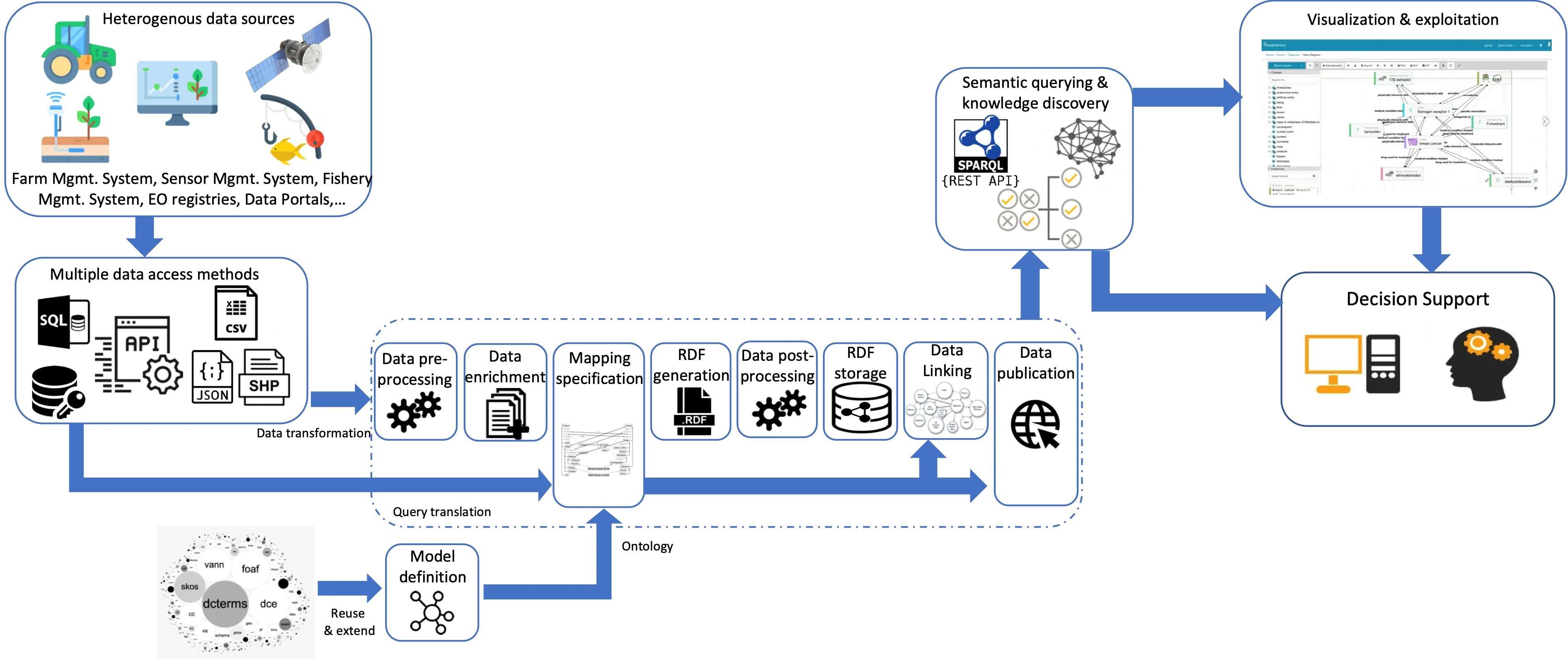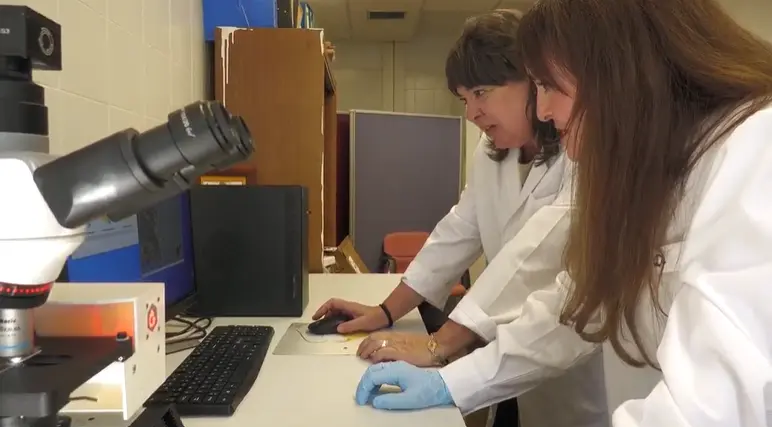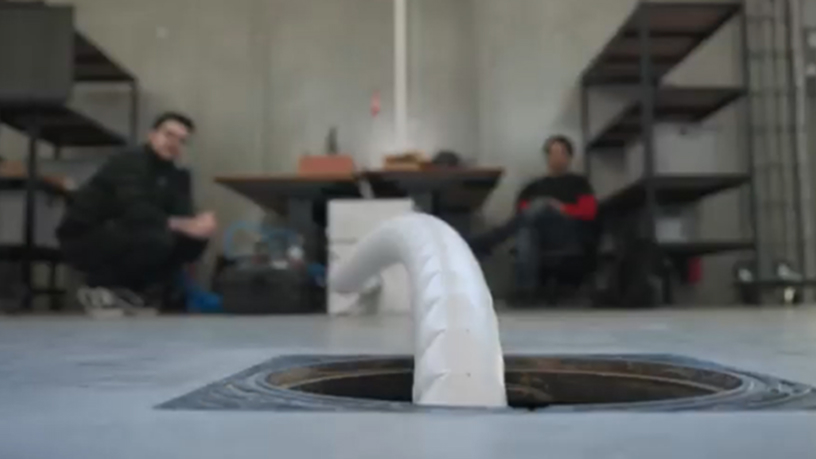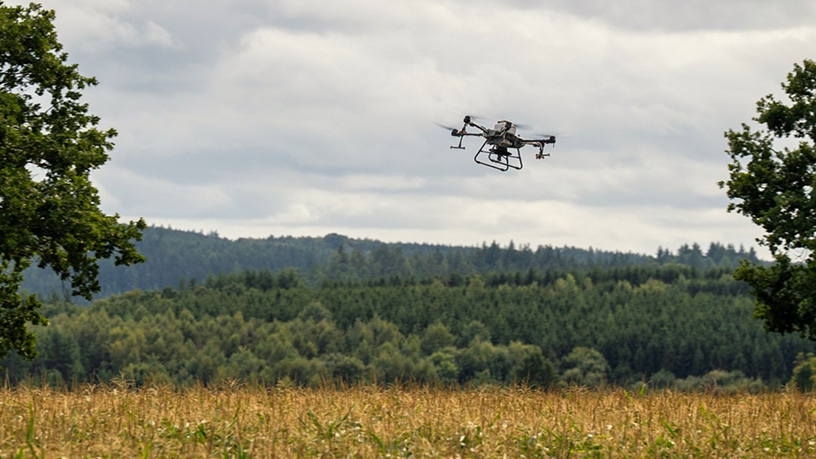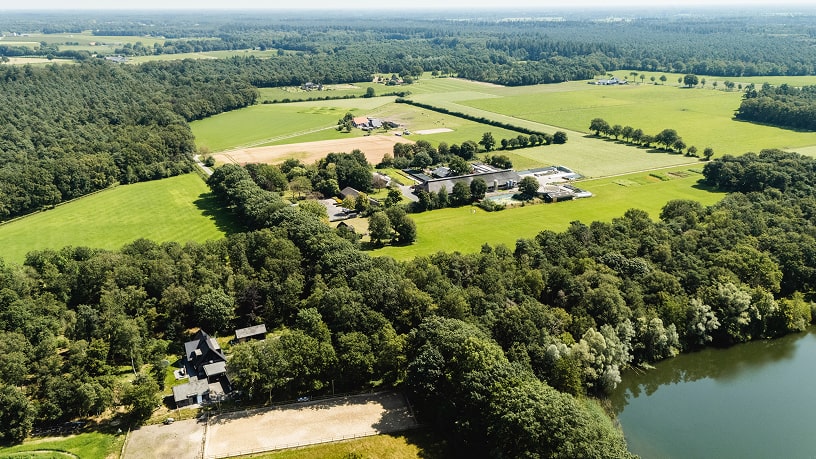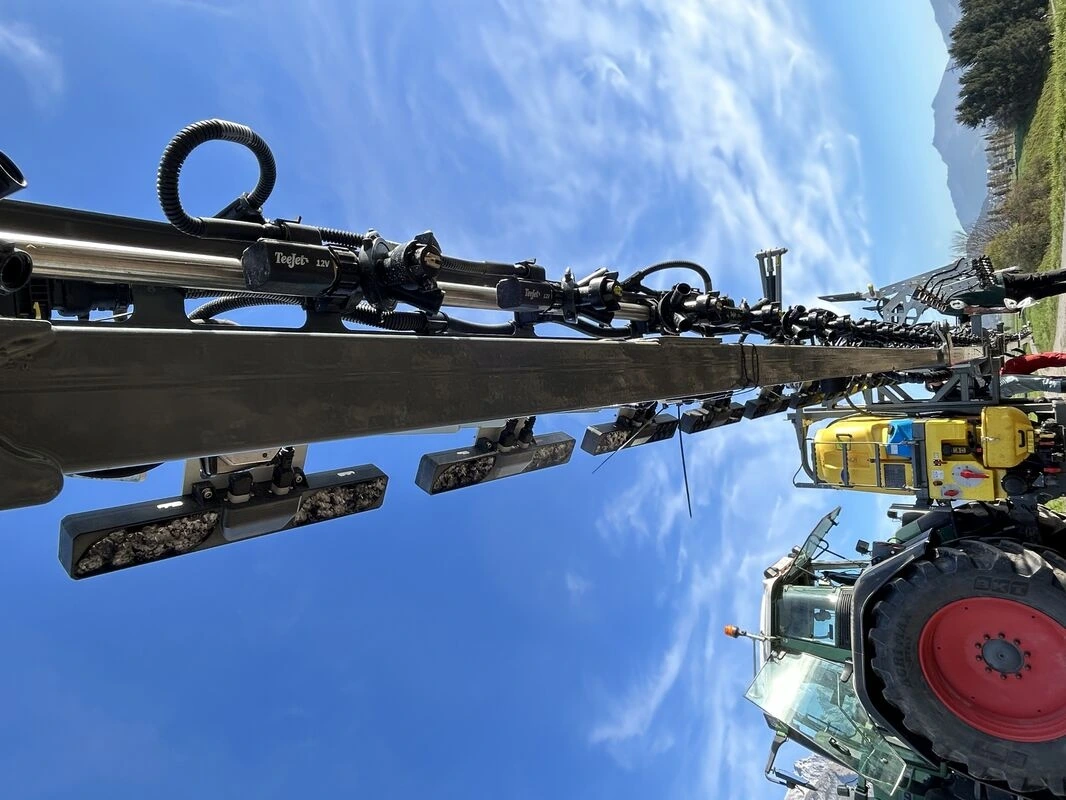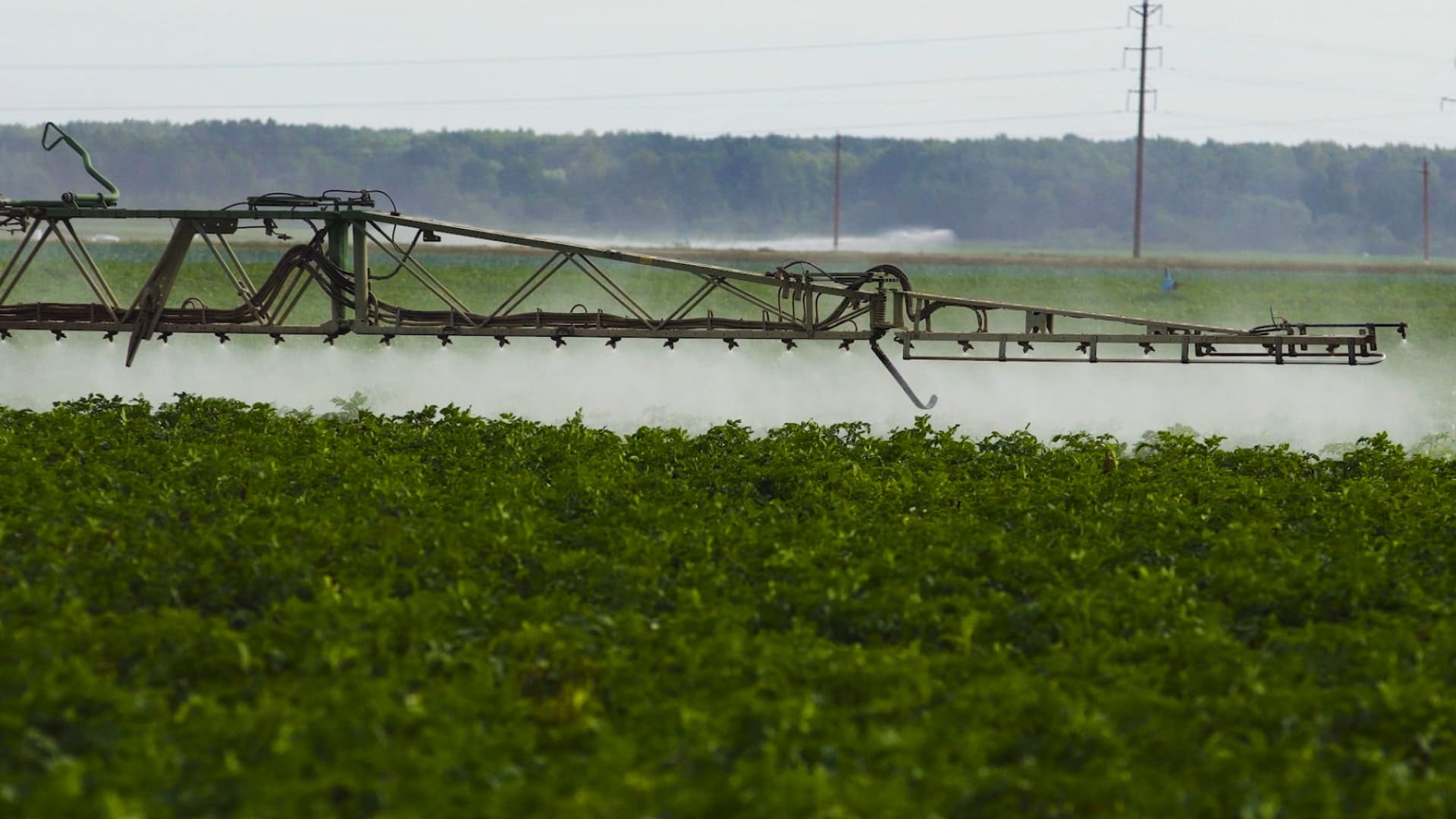Overview
Support for data harmonisation and integration, i.e., processing and transforming data from different sources into a standard common format. This process requires the specification and implementation of mappings between a data source model and a target (standard-based) model, the integration with other standard-based data sources (establishing links between data elements), and the provision of interfaces to access the harmonised data. The harmonisation can be performed as a one-time activity, e.g., with (semi-) static data sources, but more importantly in a continuous manner, whenever new data is becoming available. For the latter, a pipeline is defined with the specified mapping once, and then it can be re-executed (via CLI or API) as frequently as needed just by changing the input data.
More about the service
How can the service help you?
How the service will be delivered
Service customisation
- Poznan Supercomputing and Networking Center (PSNC) | Website
